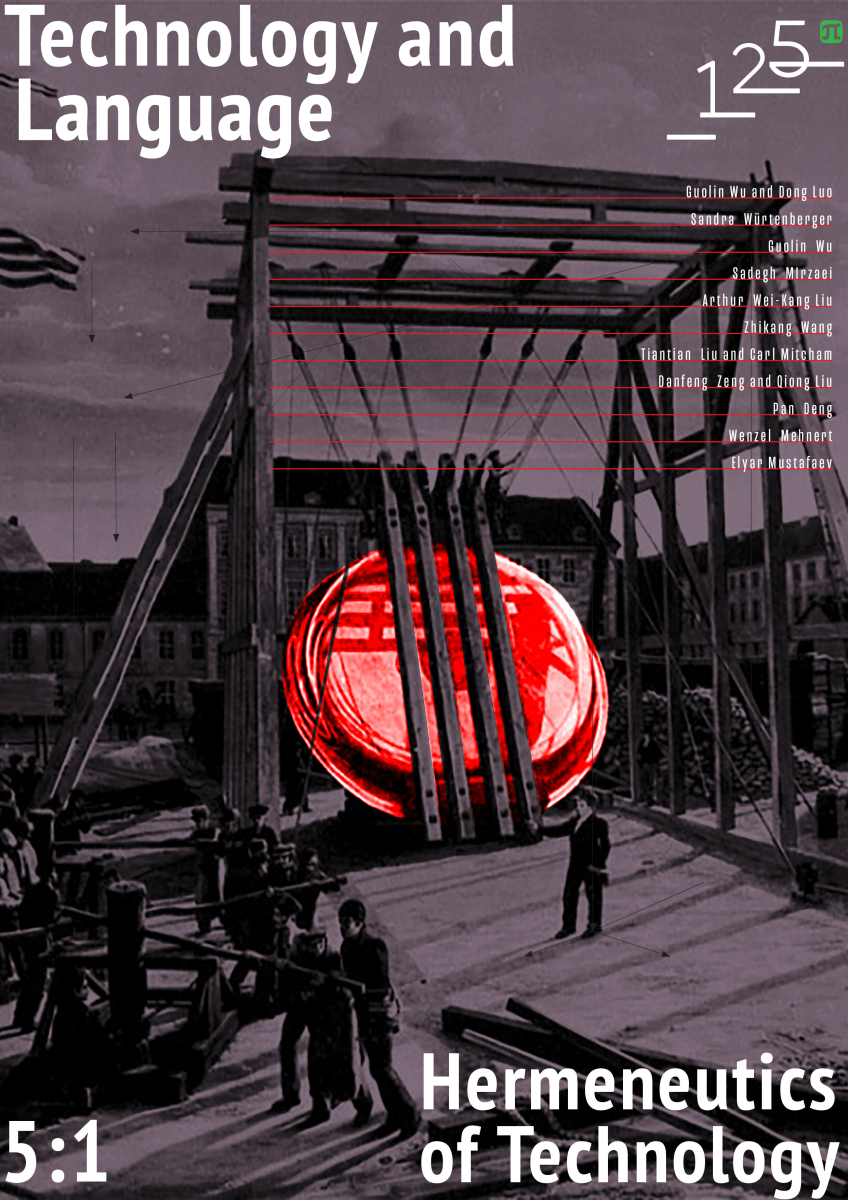The Affinity between Feedback Mechanism and Hermeneutical Circle
Hermeneutics traditionally revolves around human experiences and sense-making, often considered distinct from the scientific and technological realms of non-human experimentation and tool-making. This contrast between the humane and the artifactual or the natural, associated with understanding and interpretation on the side of the former and control and experimentation on the other, creates what might be termed a Diltheyan wound. This paper aims to find a remedy for this wound by revealing the affinity between two pivotal concepts in engineering and the humanities: the feedback mechanism and the hermeneutical circle. Investigating their relationship at historical and conceptual levels, we find that both concepts trace back to ancient times but they both flourish in early 19th-century modern Europe. While historical synchronicity doesn't inherently imply direct influence or constitutive interaction, conceptual analysis unveils their shared abstract theme of “circular causality,” making them affinitive to each other. Both incorporate errors and misunderstandings within closed loops of cause-and-effect relationships, seeking equilibrium in an open-ended process. Despite their stability, they dynamically adapt to new conditions, accommodating multi-stable configurations. With these historical and conceptual similarities in mind, the question of priority arises: did the feedback mechanism precede the hermeneutical circle, or vice versa? Can we make a meaningful argument for their historical or cognitive precedence over each other? At the very least, an “elective affinity” is discernible – a term borrowed from Weber's seminal exploration of the relationship between Protestantism and Capitalism. We can substitute this chemical metaphor with a cybernetic one, envisioning both concepts entangled in a “closed sequence of cause-and-effect relationships.”



